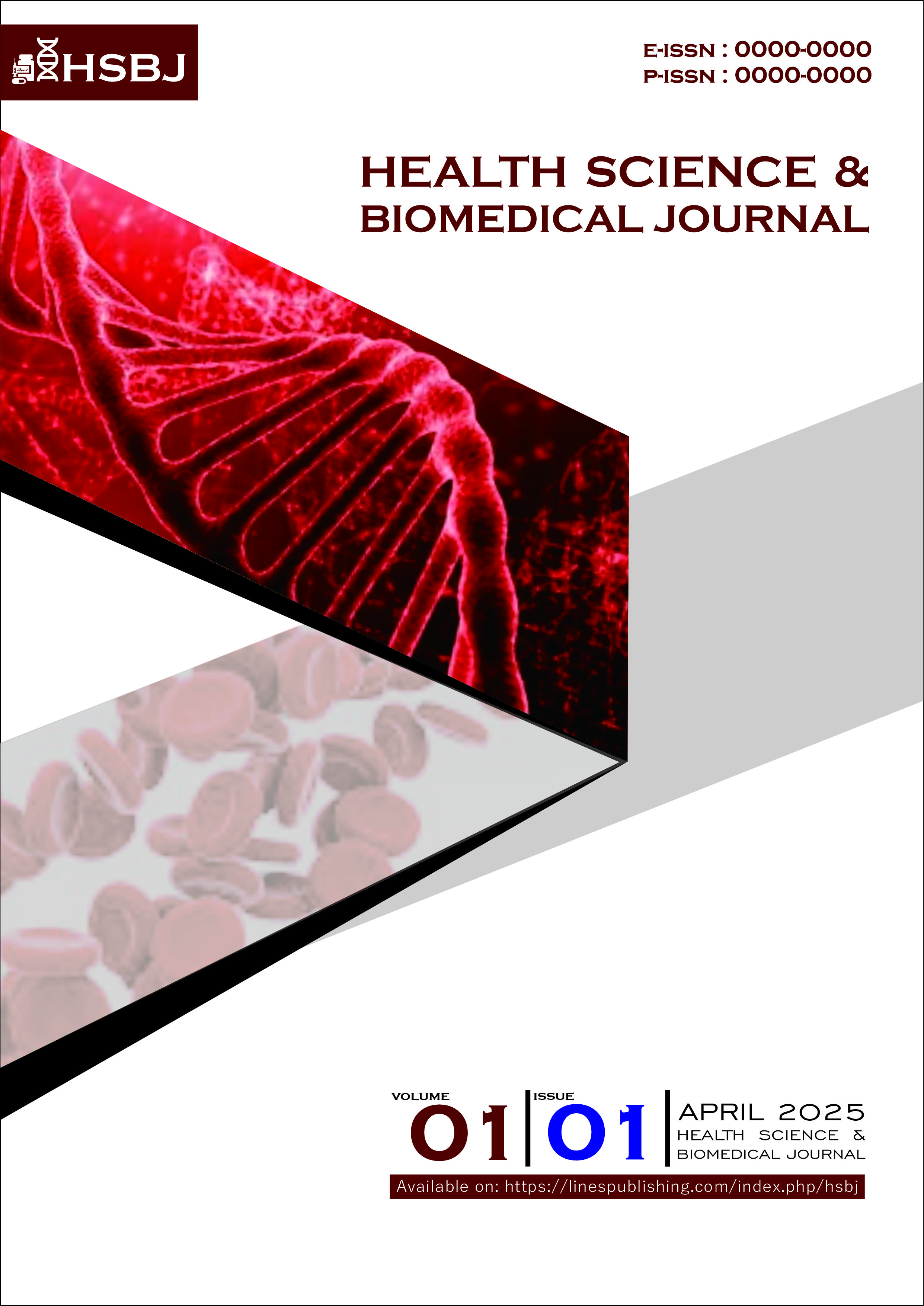Risk Factors and Relationship Erithrocyte Sediment Rate (ESR) in Hypertension Satisfactions
Keywords:
Hypertension Risk Factors, Hypertension, Erithrocyte Sedimentation RateAbstract
Introduction: Hypertension, defined as blood pressure greater than 140/90 mmHg, is a major public health issue globally. Several factors contribute to hypertension, including smoking, obesity, family history, co-morbidities, and the duration of hypertension. Monitoring blood pressure and associated markers such as the erythrocyte sedimentation rate (ESR) is critical to detect tissue damage and prevent complications. ESR serves as an important screening tool for the acute phase response and chronic diseases. Objective: This study aimed to determine the relationship between hypertension risk factors and erythrocyte sedimentation rate (ESR) levels. Method: This research employed a cross-sectional design with an experimental approach. Blood sedimentation rates were measured using the automatic vision-b method on blood samples with EDTA anticoagulant. Data were analyzed using the Mann-Whitney statistical test. Result: The results showed no significant relationship between age and gender with ESR levels (p > 0.05). However, there was a significant relationship between smoking, obesity, history of hypertension, co-morbidities, duration of hypertension, and elevated ESR levels (p < 0.05) in hypertensive patients at the Health Center in Duren Sawit District. Conclusion: Certain risk factors such as smoking, obesity, history of hypertension, co-morbidities, and the duration of hypertension are associated with increased erythrocyte sedimentation rates in hypertensive patients, while age and gender are not significantly related.
Downloads
Published
Versions
- 2025-05-17 (3)
- 2025-05-17 (2)
- 2025-04-29 (1)







